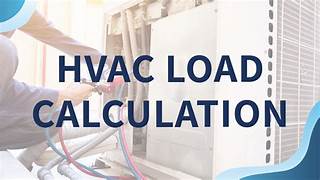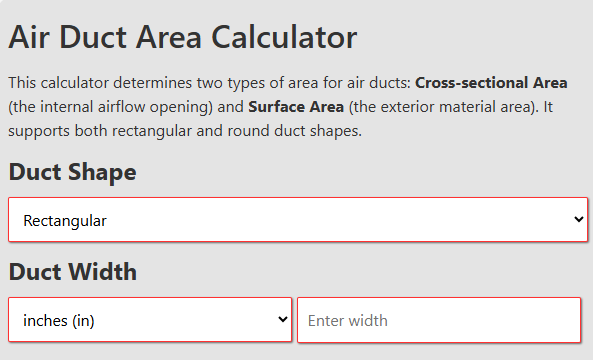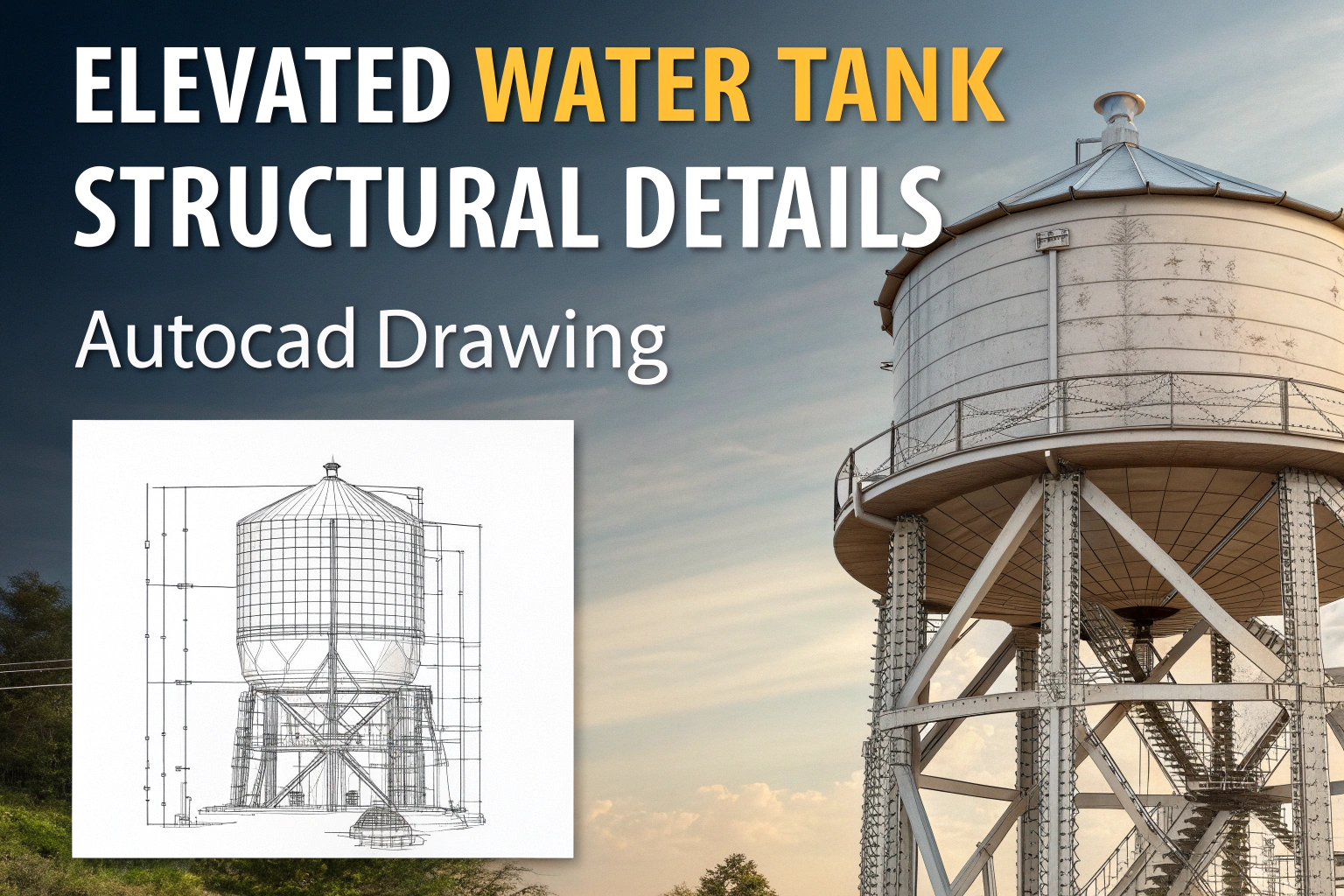Water distribution systems are very important for bringing clean and safe water to homes, businesses and industries. The smooth operation of modern life depends on engineers. Water systems carry treated water or the water from natural sources to all the taps, showers, factories and farms. Seeing what goes into cleaning water helps you cherish it and understand ways to use water sensibly.
What is a Water Distribution System?
A water distribution system is built around pipes, valves, pumps and storage tanks. Pipes in the network transport treated water to several users such as homes and industries, from the central location. Drinking water, water used for meals and water for cleaning is all made clean and available every day by these systems.
Every city builds its distribution system depending on how big the city is, how many people live there and what the water supply is. The engineers work out every part of the system to ensure water moves smoothly, with the correct pressure and quality.
Key Components of a Water Distribution System
Knowing the main elements of a water distribution system lets you see how your tap receives water.
1. Pipes
The system depends on its pipes for infrastructure. They move water from the source place to where people and animals use it. The type of pipe used in a water system is cast iron, ductile iron, plastic (PVC) or steel, depending on what it is designed for and the amount of pressure.
2. Valves
Water can be controlled in how it flows by using valves. They can close off sections of the pipeline so that work or emergency repairs can be done safely. Gate valves, butterfly valves and check valves are regularly found in water distribution systems.
3. Pumps
Because gravity cannot assist parts of the water system, pumps are required to push water through the pipes. A booster pump makes the water flow faster and stronger and a lift pump moves the water from the lowest part to the highest.
4. When we speak about Storage Tanks and Reservoirs
Storage tanks keep water so that it is ready for use during busy periods. Water pressure in the system is kept at the right level by the elevated tanks. When a place needs plenty of water quickly such as during fires or droughts, reservoirs can provide it.
5. Hydrants and Service Connections
During an emergency, fire departments open fire hydrants to get water. Homes, offices and businesses get their water from the main pipes through service connections.
Types of Water Distribution Systems
Water distribution systems vary in type and every type performs a different function. The major advantages include these:
1. Gravity System
The water is transported in this system by making use of gravity. Because the water tank is above the plumbing, gravity flows water to the tap. Electric cars reduce energy consumption and are good for drivers on hills or in the mountains.
2. Pumped System
Water from either the source or treatment plant is moved to end users by using pumps in a pumped system. This kind of system is used when water is coming from below the area served.
3. Combined Gravity and Pumped System
It depends on pumps and gravity to work. Water is initially lifted by a pump into a tank that is at a higher spot. After that, gravity helps the server share the data with people. This way, the positives of both systems are combined and used in lots of major cities.
Layouts of Water Distribution Networks
How a city is organized and how big it is determine the network layout picked by city planners and engineers. The four main ones are explained below.
1. Dead-End or Tree System
Graphs are shaped like trees. The main pipe is connected to several smaller pipes which each serve their own area. Fixing water mains is usually quick and easy, but a pipe burst can stop lots of people from getting water.
2. Grid or Loop System
All pipes are put in place so they loopback or connect like a mesh. Water is able to travel by going in different directions. Because of this style, the compressor can work at better pressure and there is less need for maintenance interruptions.
3. Radial System
The shape of the system is like a wheel, with water travelling from the center in each radiating spoke. The layout is regularly adopted in newly-built housing colonies. It makes sure weight is divided evenly all over the cloth.
4. Ring System
It sets up the main pipes in a circle around a city or neighborhood. Smaller pipes are connected to the ring and these pipes give water to your house. It maintains pressure and watches over water flow which is useful if part of the ring is damaged.
Importance of Water Distribution Systems
A well-made water distribution system brings lots of advantages:
- Safe Drinking Water: Clean water fits the required health standards and is delivered by filtration.
- Constant Supply: Users have water whenever they need it at all times.
- Fire Protection: Hydrants in the system aid firefighters when emergencies happen.
- Public Health: Having clean water can greatly decrease chances of cholera and typhoid.
- Economic Growth: Industries and companies need good access to water every day to operate properly.
Common Problems in Water Distribution Systems
Systems designed for security always have certain challenges. Some of the usual problems involved are:
1. Leakage
Old or damaged pipes might cause water to leak. It results in water being wasted, less strong water pressure and also makes utility bills higher. Maintenance carried out regularly can handle these.
2. Low Pressure
The reason someone might experience weak water flow is bad design, leaks or heavy use. Engineers should pay attention to and control the proper pressure settings.
3. Contamination
A pipe failure or when pressure is too low can let unsafe materials enter the plumbing. Correct seals and checks every so often can stop this from happening.
4. Aging Infrastructure
Much of the piping in many cities was made many decades ago. Changing these items to newer ones makes both performance and safety better.
How to Improve Water Distribution Systems
Smart practices are required by cities to keep water systems efficient.
- Upgrade Old Pipes: Replace your old pipes with materials like ductile iron or high-density polyethylene (HDPE).
- Use Smart Sensors: Because of these sensors, leaks, pressure drops and pollution can be detected immediately.
- Regular Maintenance: Doing regular inspections and cleanings lets you catch problems early and manage them well.
- Training Workers: Those with experience set up and take care of systems properly.
- Public Awareness: Discuss with people how to save water and report when they notice leaks.
Sustainable Water Distribution for the Future
Climate change, more people and cities taking up space all strain water systems. For future reasons, cities need to plan and build water distribution systems that:
- Conserve water in the machines
- Save energy
- Rely on green energy sources for irrigation (like solar pumps)
- When it is possible, recycle your water.
- Use technology to monitor how the company is doing.
Building and protecting these systems needs cooperation among governments, engineers and citizens.
Conclusion
Everything in a city depends on the strong water distribution system that goes unseen. All clean water in homes, schools and hospitals comes from pipes led by plumbers. Knowing how water supply works encourages people to be mindful of their use of water. As we use good planning, maintain a regular attention to water care and keep up with modern tools, we can keep water safe for generations.
FAQs
What are the 4 types of water distribution systems?
The main types are called the dead-end, grid, radial and ring systems. Each water grid ensures water reaches the city according to how it is designed.
What are the 3 methods of water distribution?
The approaches are gravity alone, pumping alone and a mix of gravity and pumping. These steps let water go from where it comes from to the people who need it.
What is the meaning of the water distribution system?
A water distribution system consists of pipes, pumps and storage tanks to deliver water safely from where it is drawn to the places where people live and work.
What are the four types of distribution systems?
Dead-end, grid, radial and ring are the four kinds of systems. They handle the direction and flow of water into the pipes to reach people.
Read More – DuctMate Calculator Software – Advanced HVAC Duct Design Tool












